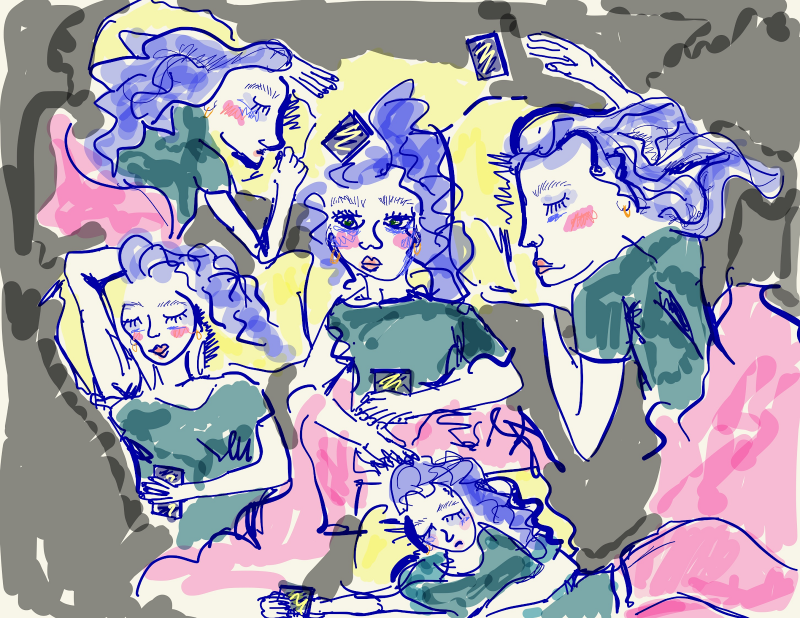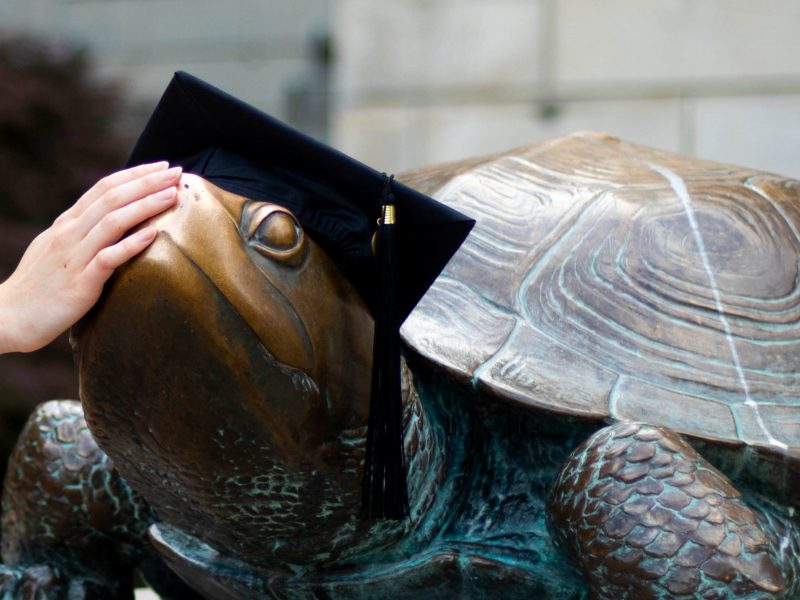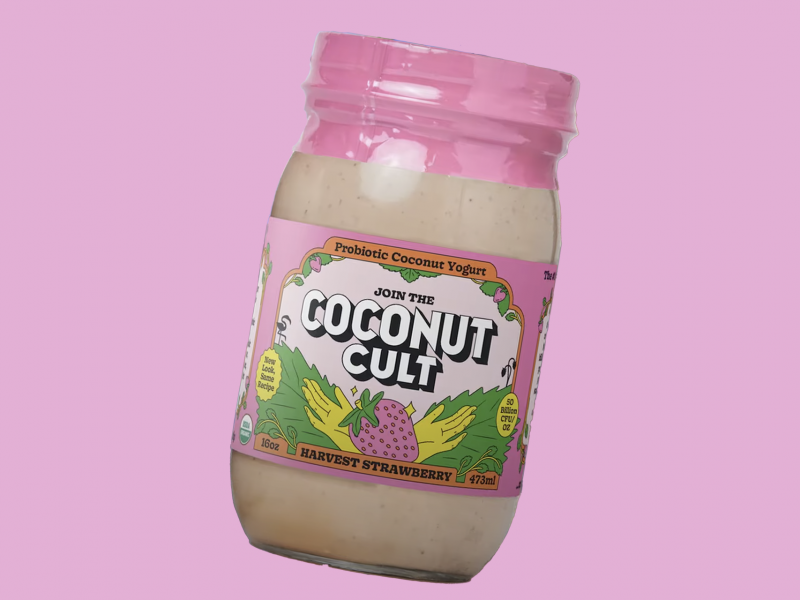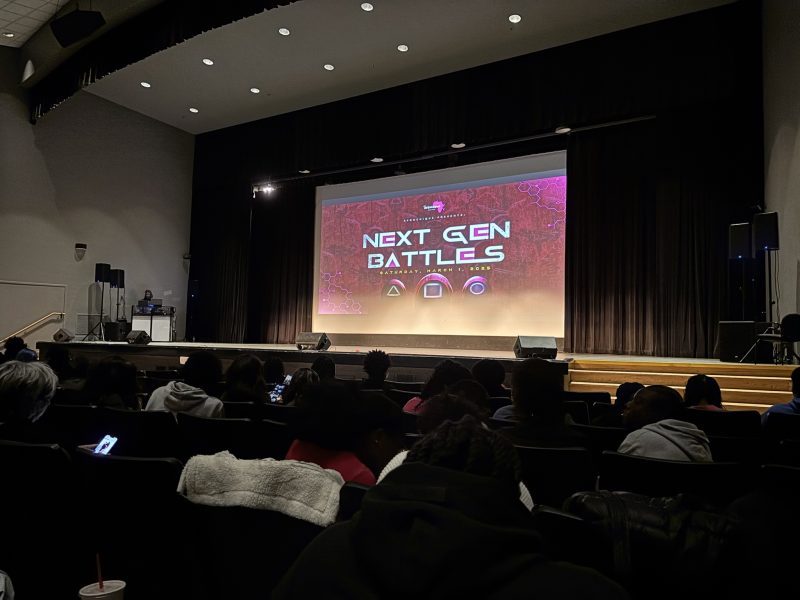It’s 2:38 a.m., and the orange light from the power station an acre from my childhood bedroom is beaming ominously, like Gatsby’s green light. It reminds me of all the things I can’t do right now.
Like others, I’ve been experiencing insomnia lately. I lay awake at night, my sleep schedule totally screwed sideways, unable to rid my mind of certain images: the numbers ticking in a rising death count on my computer, the group of 12-ish unmasked twenty-somethings drinking beers at the beach near my house like it’s just an ordinary Tuesday, the compassionate but bleak front page of the Sunday New York Times, a funeral dirge in Georgia font.
Then, there are the physical symptoms of insomnia: the achiness, the headaches, the shivering cold that sets in when your body is falling asleep but your mind won’t comply. These are the effects of sleeplessness. But when you’re lying awake, restless and paranoid, they can feel a lot like the symptoms of the coronavirus.
You don’t have COVID-19. This is what I tell myself at 3 a.m., as I punch my comforter under one leg and mentally contact-trace my entire week, during which all I did was sit at home on my computer or walk down a long, empty street.
At this point, there are two things I can do. I can worry myself into a stupor and pass out, waking up to the scratchy feeling of the bare mattress after kicking off the sheet.
Or, I can go to YouTube and watch ASMR.
[Pickle company turns into delivery service amid coronavirus outbreak]
ASMR stands for autonomous sensory meridian response. In other words, it’s a tingling sensation at the back of the neck that comes from hearing low-frequency noise, like quiet whispering or rain on a window. Or in my case, bedazzled acrylic nails tapping on a tube of pink lipstick.
ASMR is a nerve pleasure response. It sounds kind of gross — but essentially, it’s like a tiny massage for your brain that can have the added benefit of lulling you to sleep.
And since quarantine started, I’ve watched ASMR before bed almost every single night to fall asleep.
When ASMR started becoming popular, I derided it as strange and vaguely perverted. The idea of strangers whispering in my ear revolted me. Why were people eating pastel macarons close to a mic, doing strange role-plays that presumed I, the viewer, desired a haircut?
Then, a few years ago, I saw an ASMR video titled “1300s A.D. ASMR~ Nun Takes Care of You in Bed {You Have the Plague},” and was so tickled by the bizarre title that I clicked on it. A woman called Angelica, dressed in a habit, speaks quietly to you, attempting to rid you of the plague with a variety of props, including a pair of rosary beads and a plastic water bottle with the label removed. At one point, Angelica asks (and remember: you have the plague, and it’s the 1300s) if you’ve ever tried Accutane.
Something about this video changed my opinion on ASMR. It was strange, sure, but in a way I could get behind. Something about the glaring anachronisms struck me as deeply hilarious. I forwarded the video to a friend and thought nothing of it.
Today, the relevance of being treated for a deadly plague does not elude me.
[I held a quarantine-friendly music festival in my backyard]
I didn’t really think about ASMR again until last summer, when I was subletting in Washington, D.C., with a friend. I was experiencing a bout of anxiety, partly due to the weather and living in D.C., but mostly because I decided to jump-start my stand-up comedy career, despite being nearly teetotal and lacking any real-life experience for my comedic material. Stressed, humidified, I turned to the only non-medical relief I had yet neglected for my anxiety: ASMR.
This time, it stuck. I started to find my favorite people — ASMRtists, as they call themselves. My roommate and I watched the videos together in the giant bed we shared in a studio meant for one person. One day, we ventured out to Trader Joe’s to pick up a jar of honeycomb, curious about the taste after watching several videos of women eating the treat next to a microphone. (Consensus: waxier than expected.)
Now, ASMR serves as more than a mildly amusing pastime. It is a real relief to my insomnia, a way to forget about my ever-present dread. A few days ago, I saw a notification for a new video from my favorite ASMRtist, Jocie B, who often films herself applying soft holographic makeup in the gentle breeze of her garden or tapping on her desk with a new set of pink acrylic nails.
I can’t communicate the gratitude I feel toward her and all the strangers helping a collective mass of anxiety sufferers doze off to sleep, in a time when sleep can feel unnatural and often impossible. The comments from several of Jocie’s videos corroborate my feelings:
“my sleep pattern has been so messed up lately that i’ve figured out the only way for me to fall asleep is to watch jocie’s videos. just looking at her face makes me feel at peace.”
“She has always made me feel calm in this pandemic”
“After watching this video I fell into a deep sleep”
And with that, so do I.



